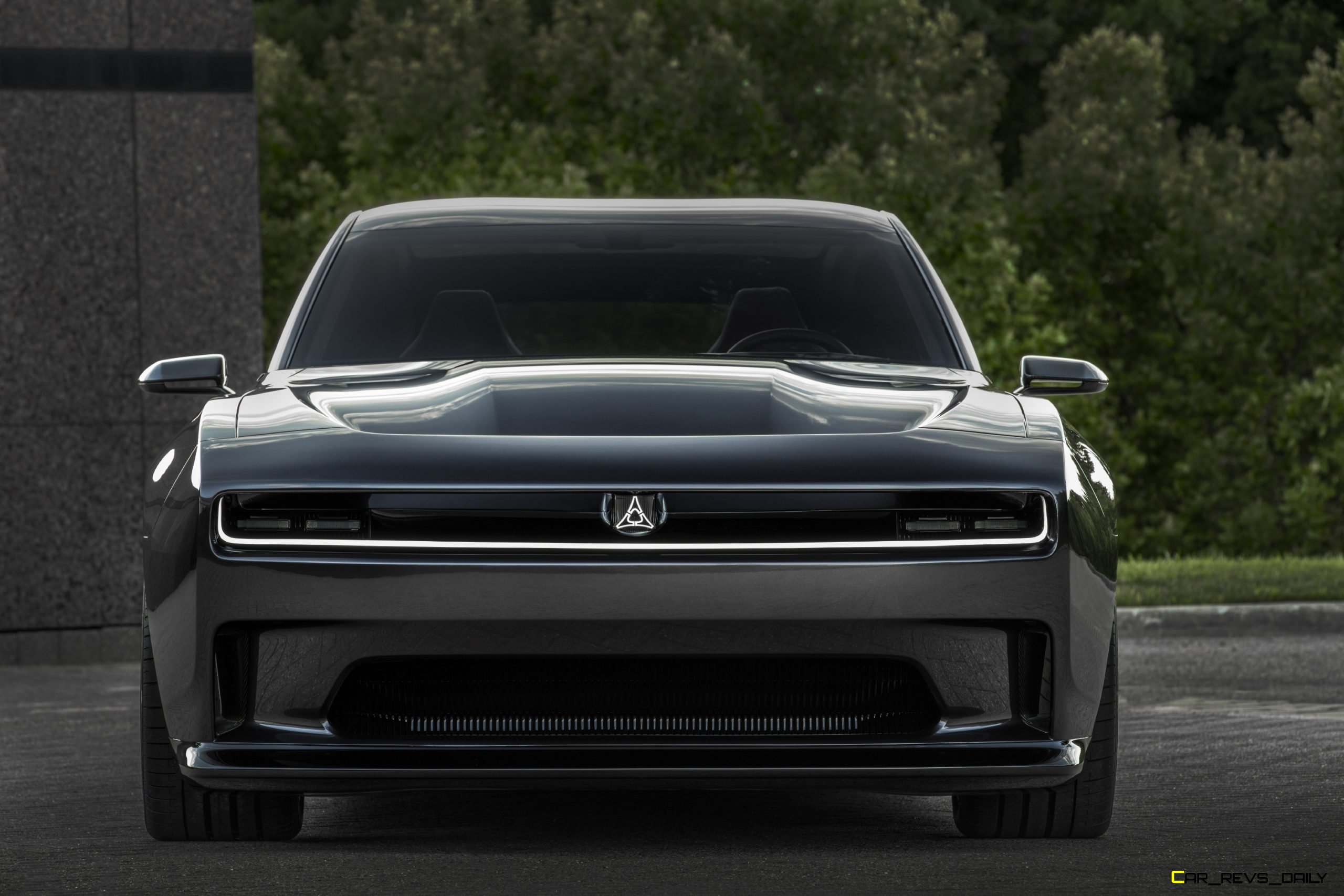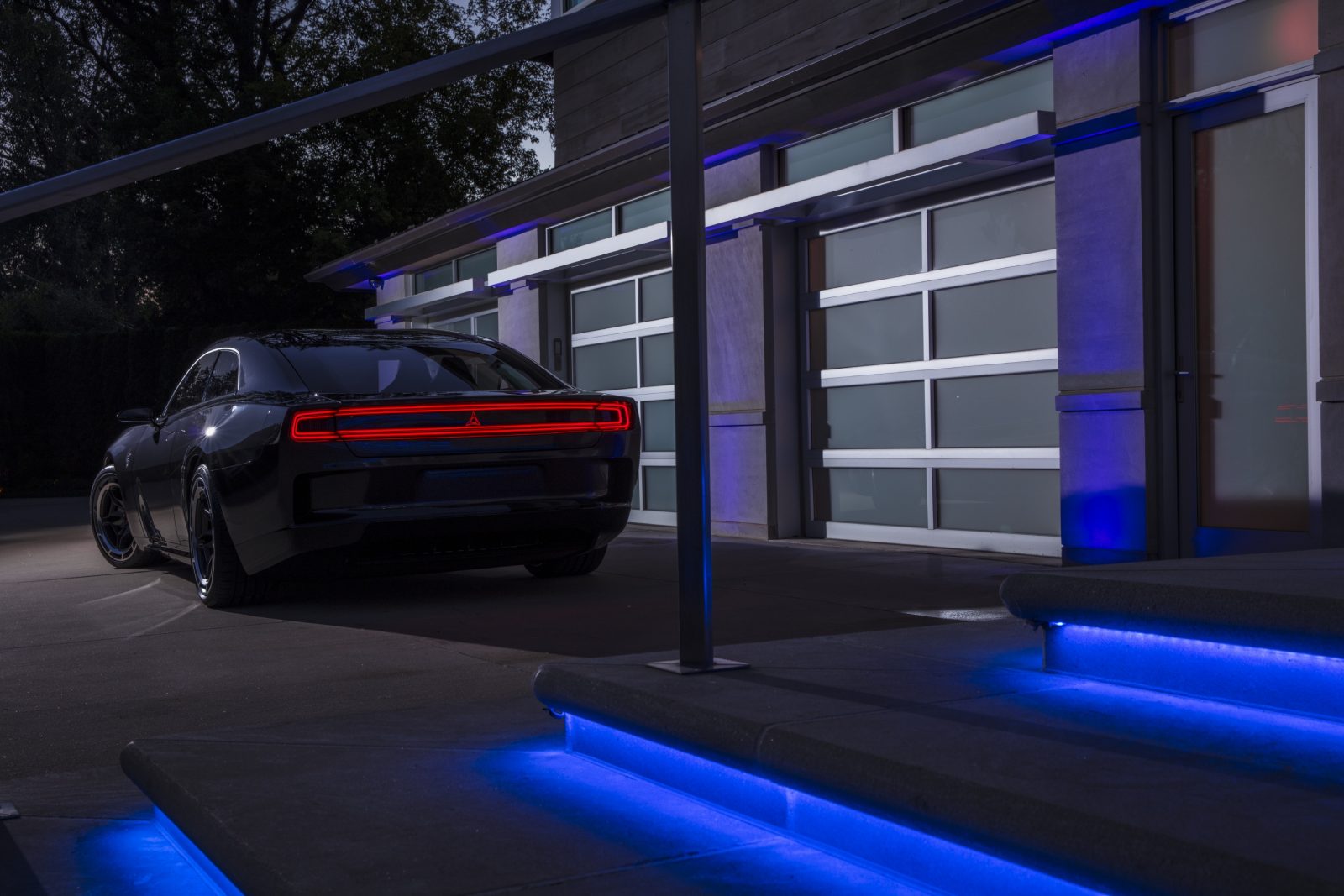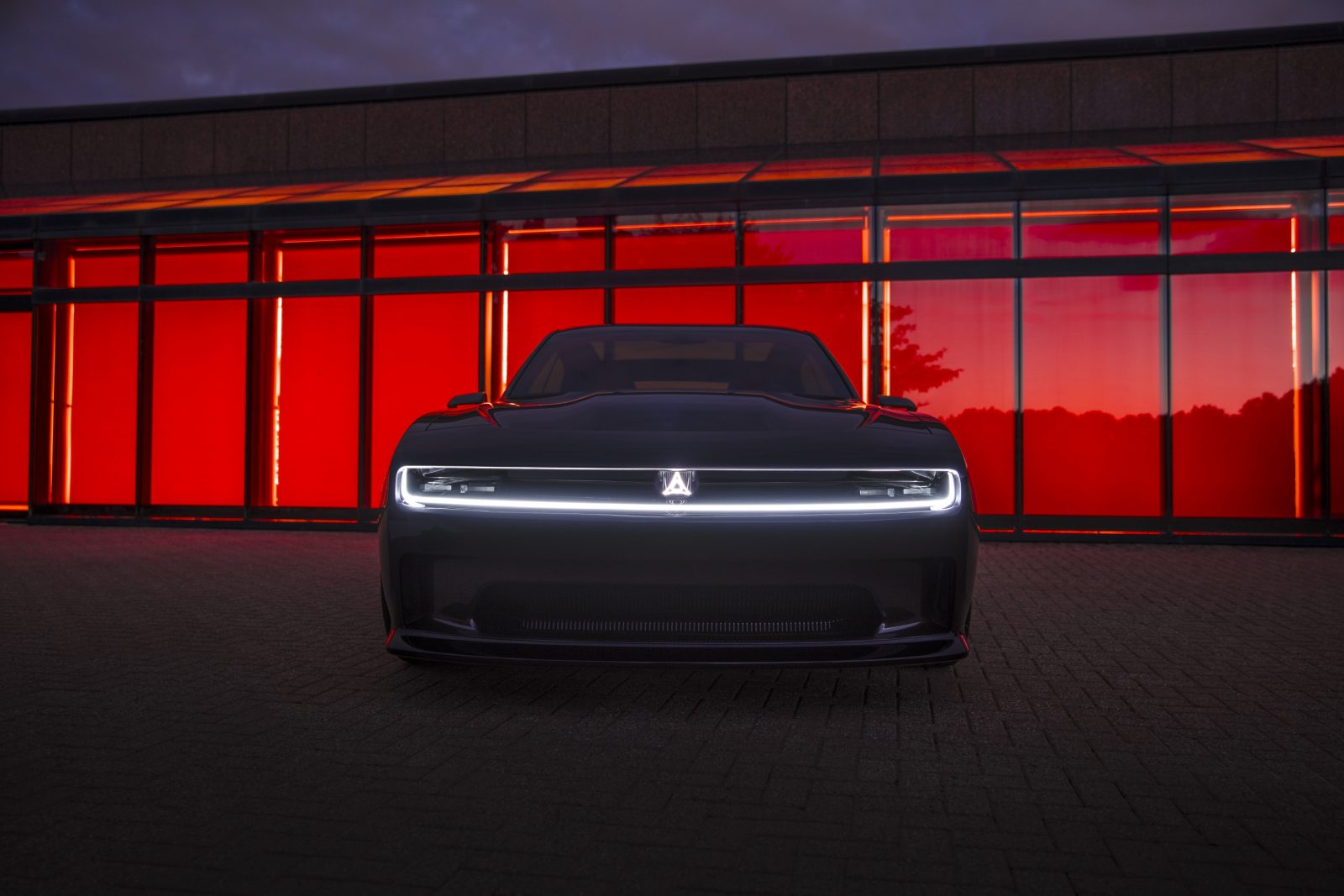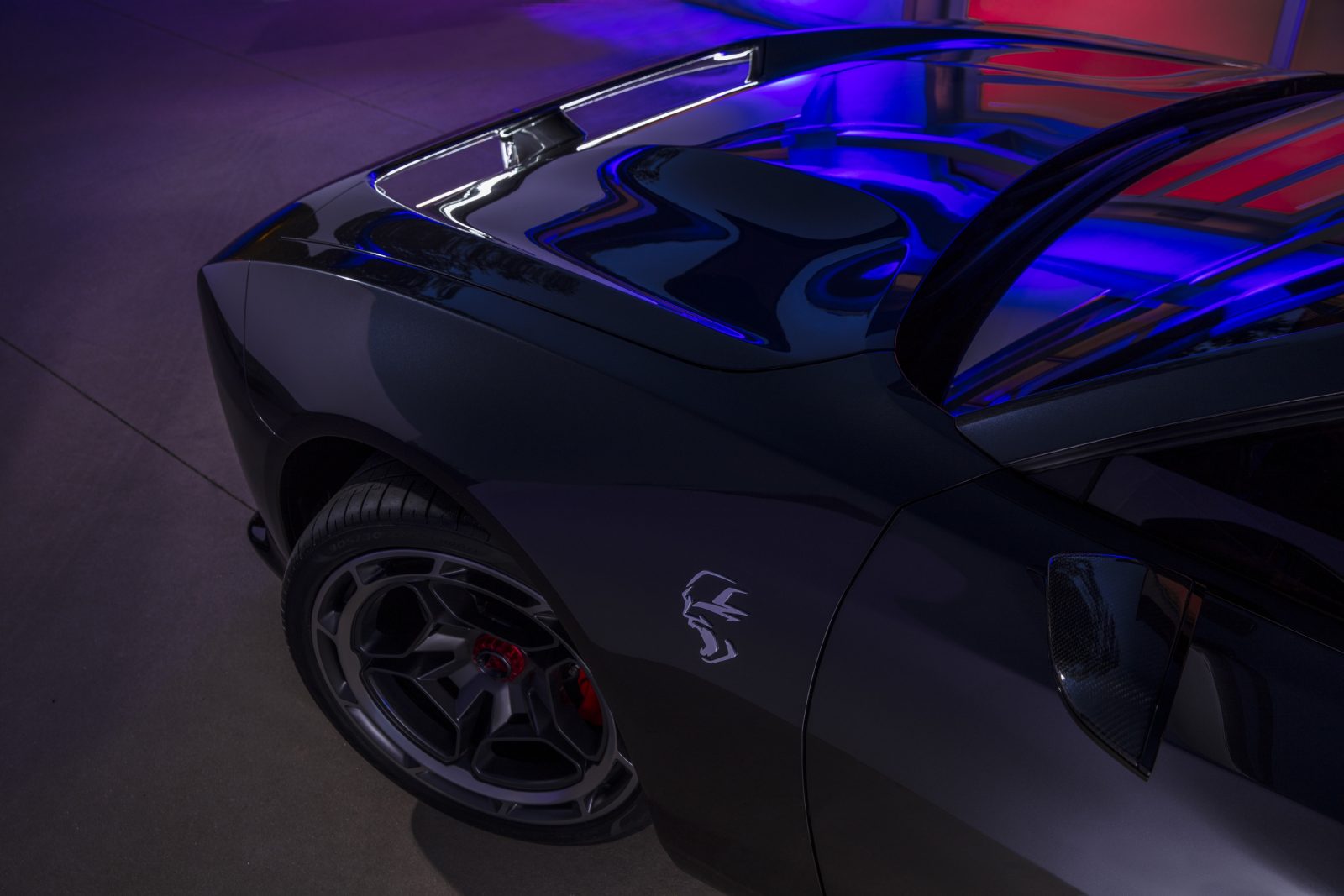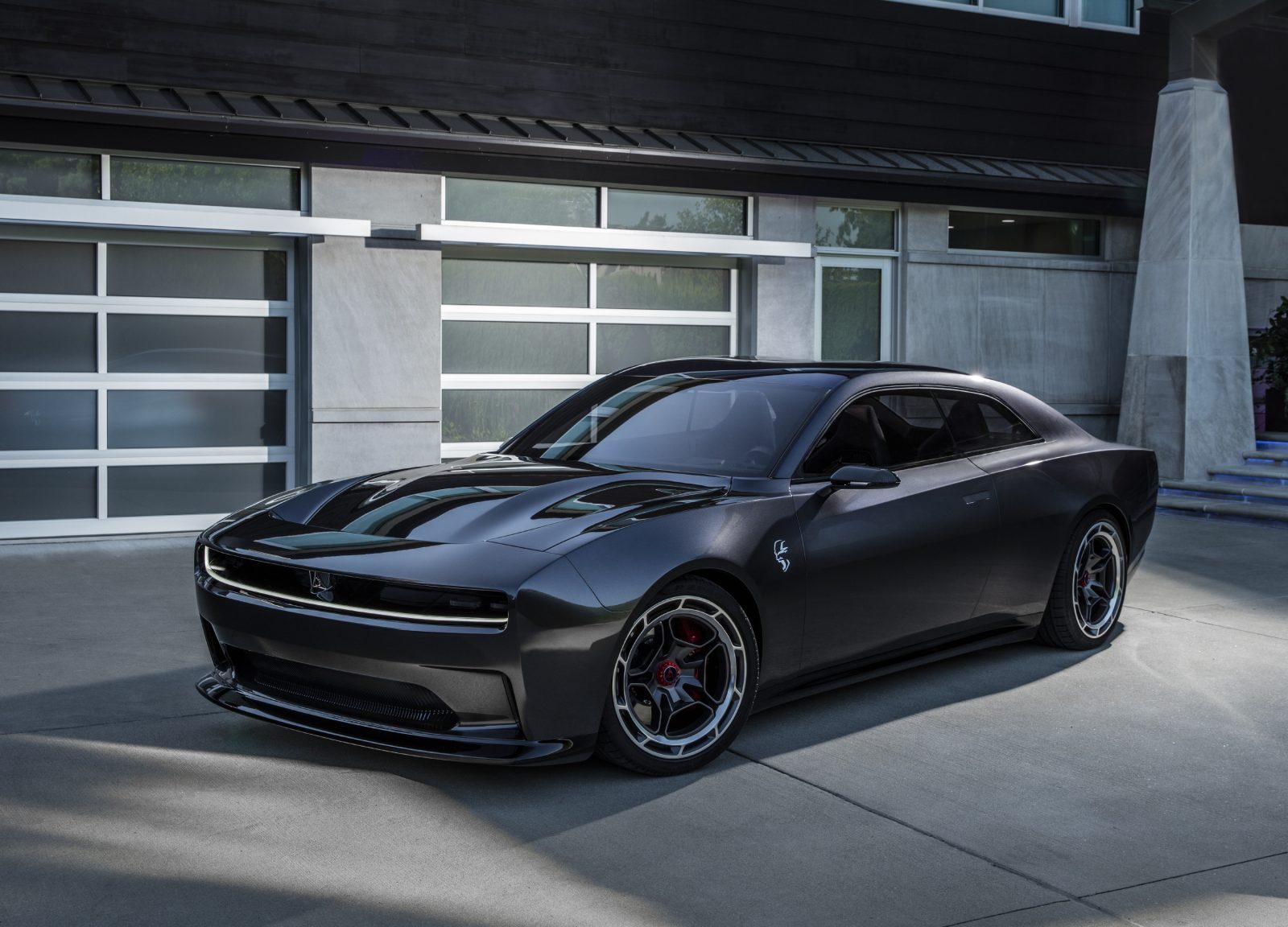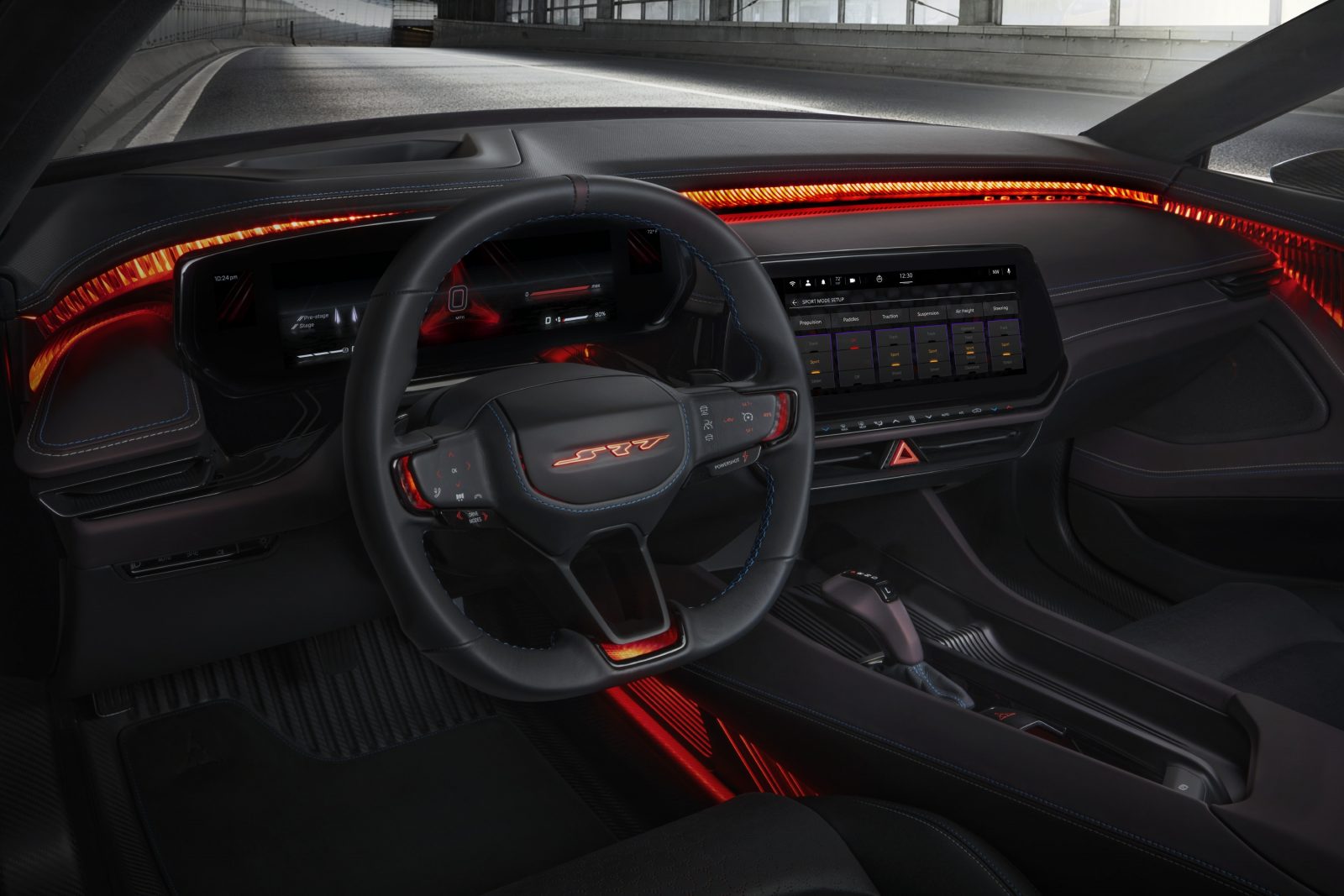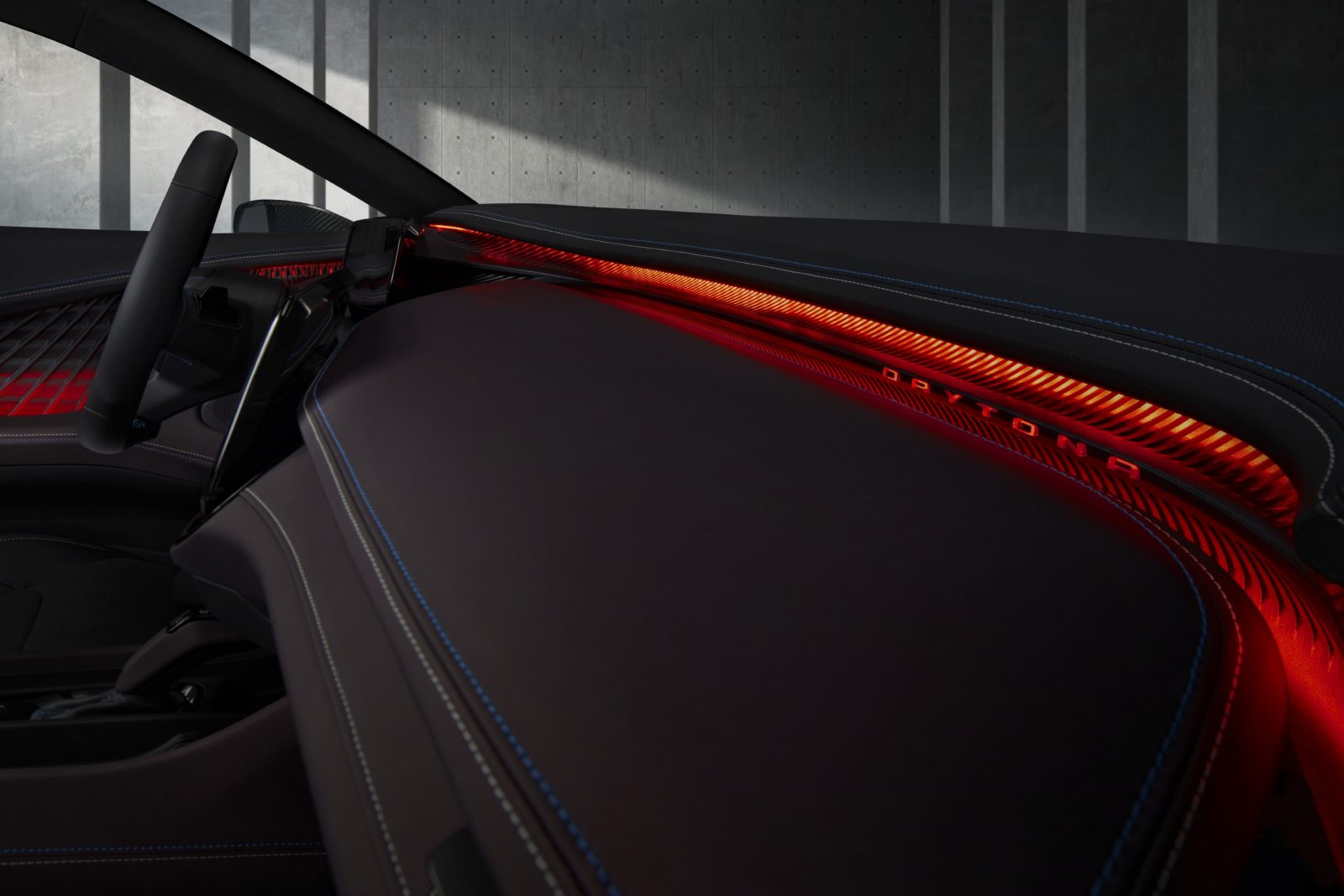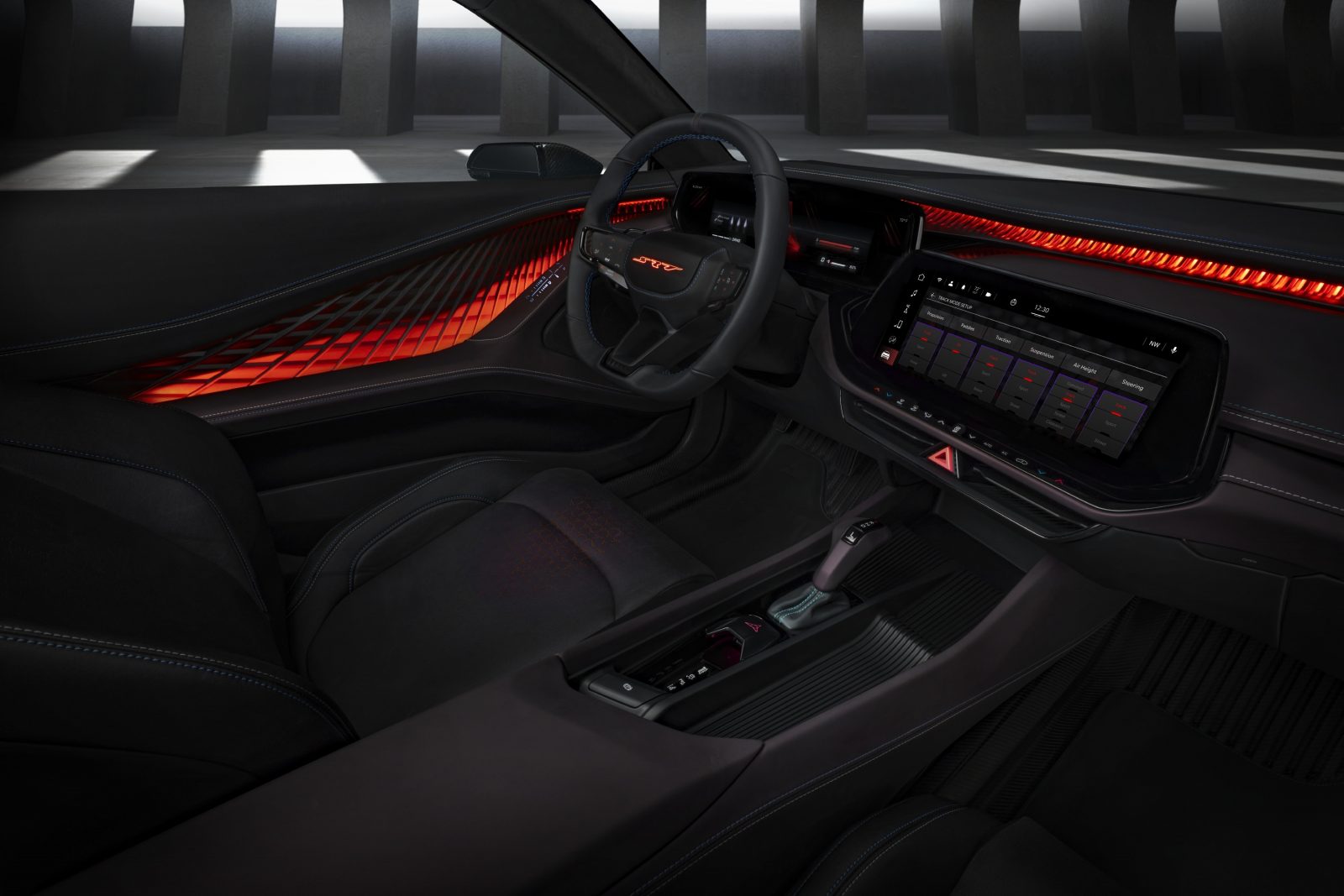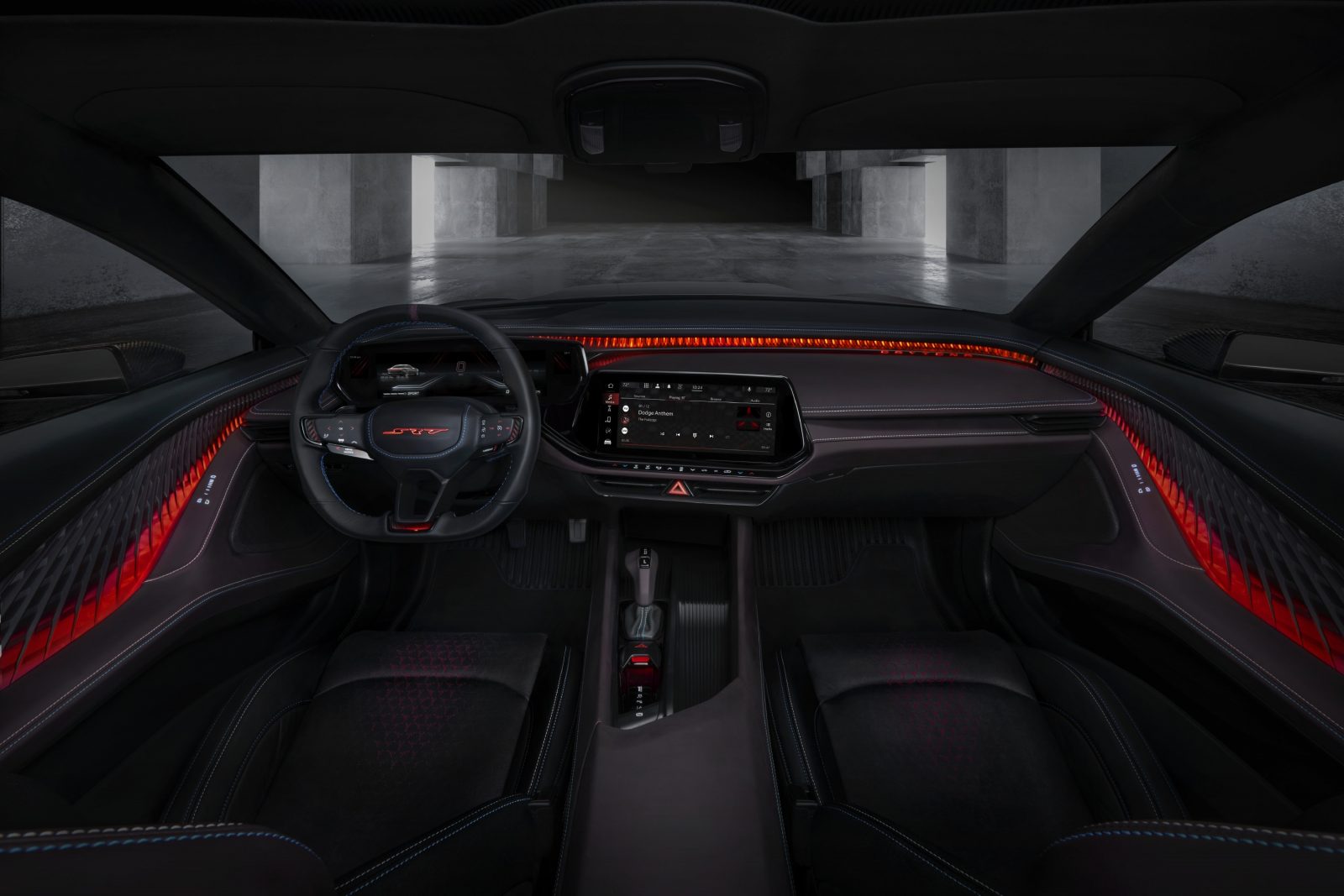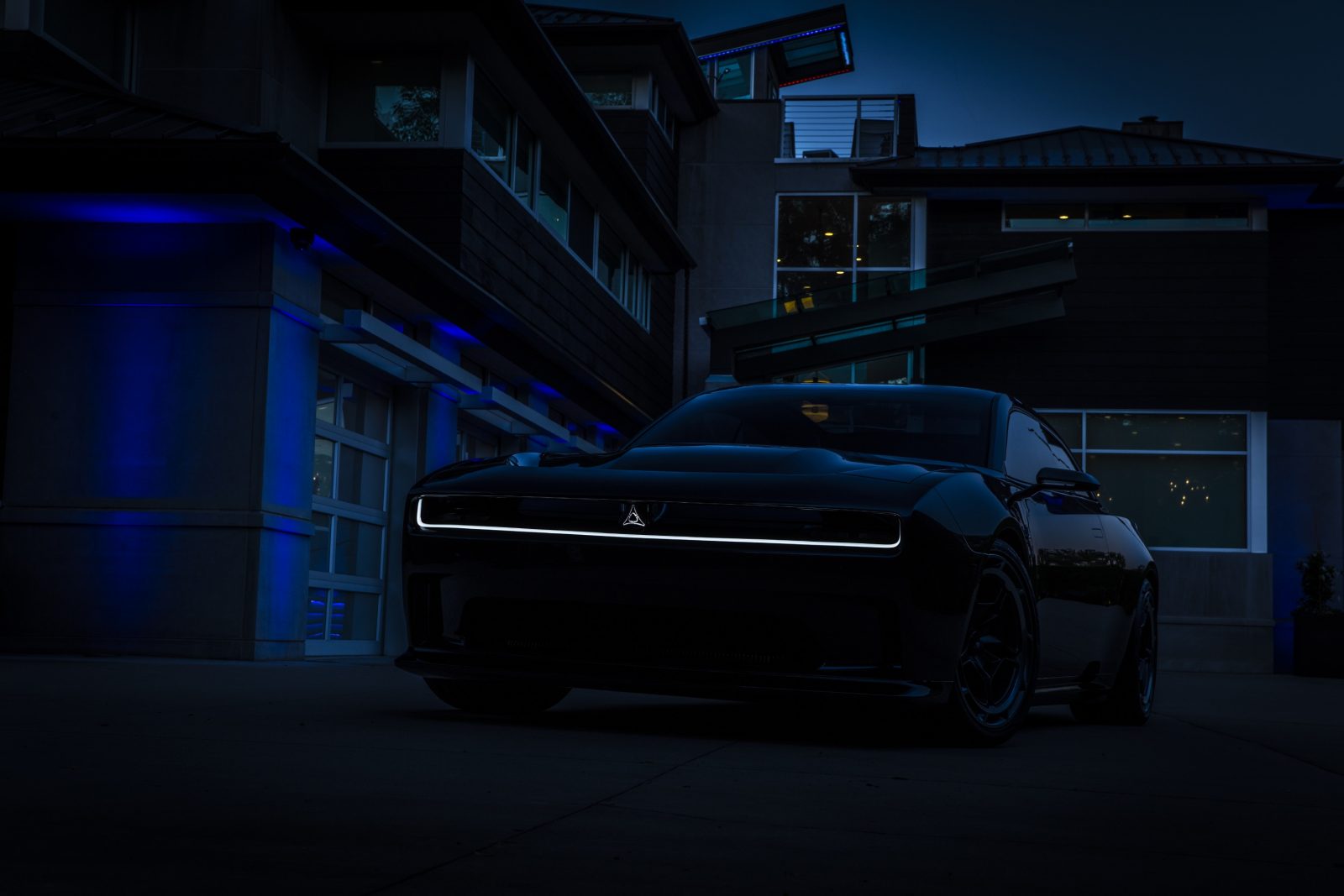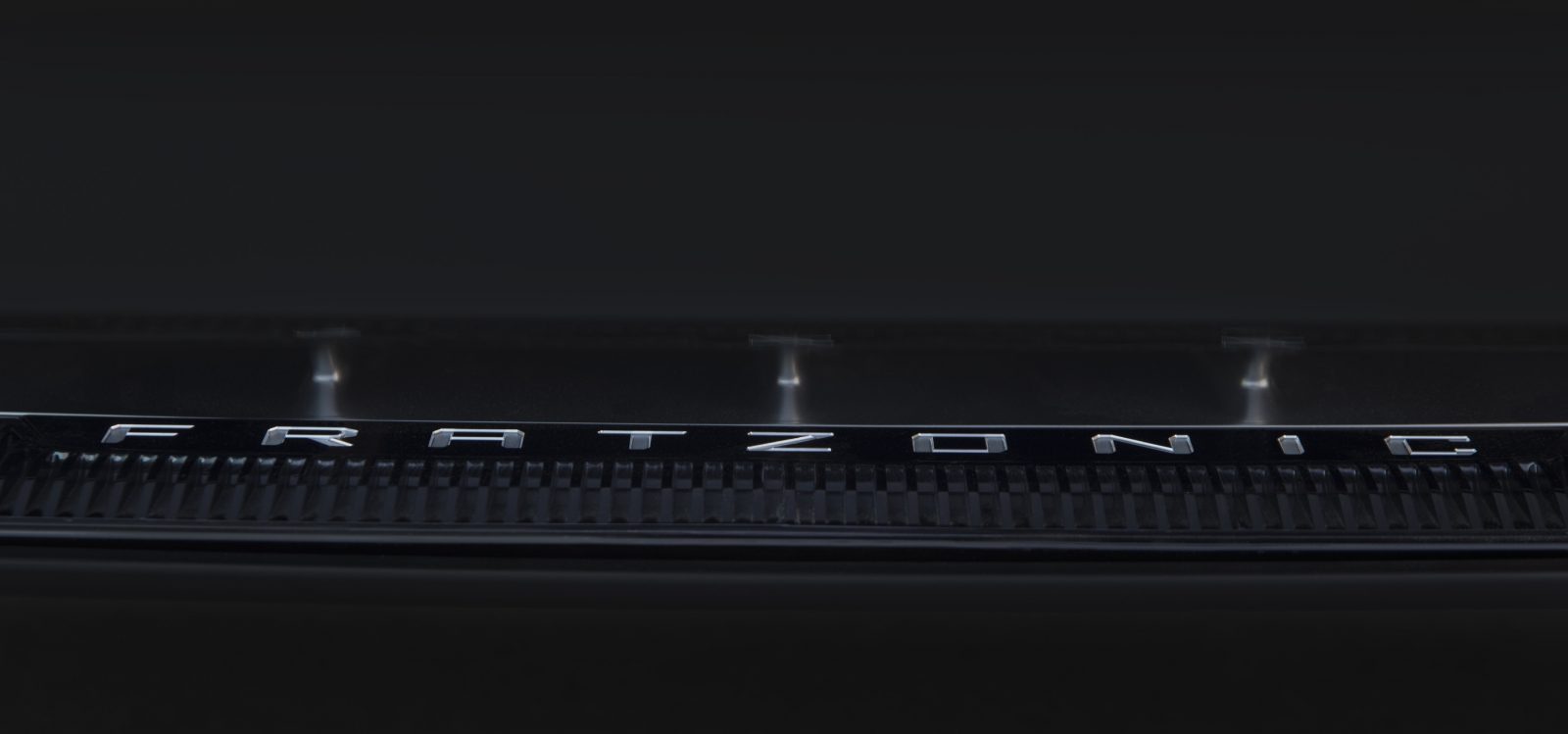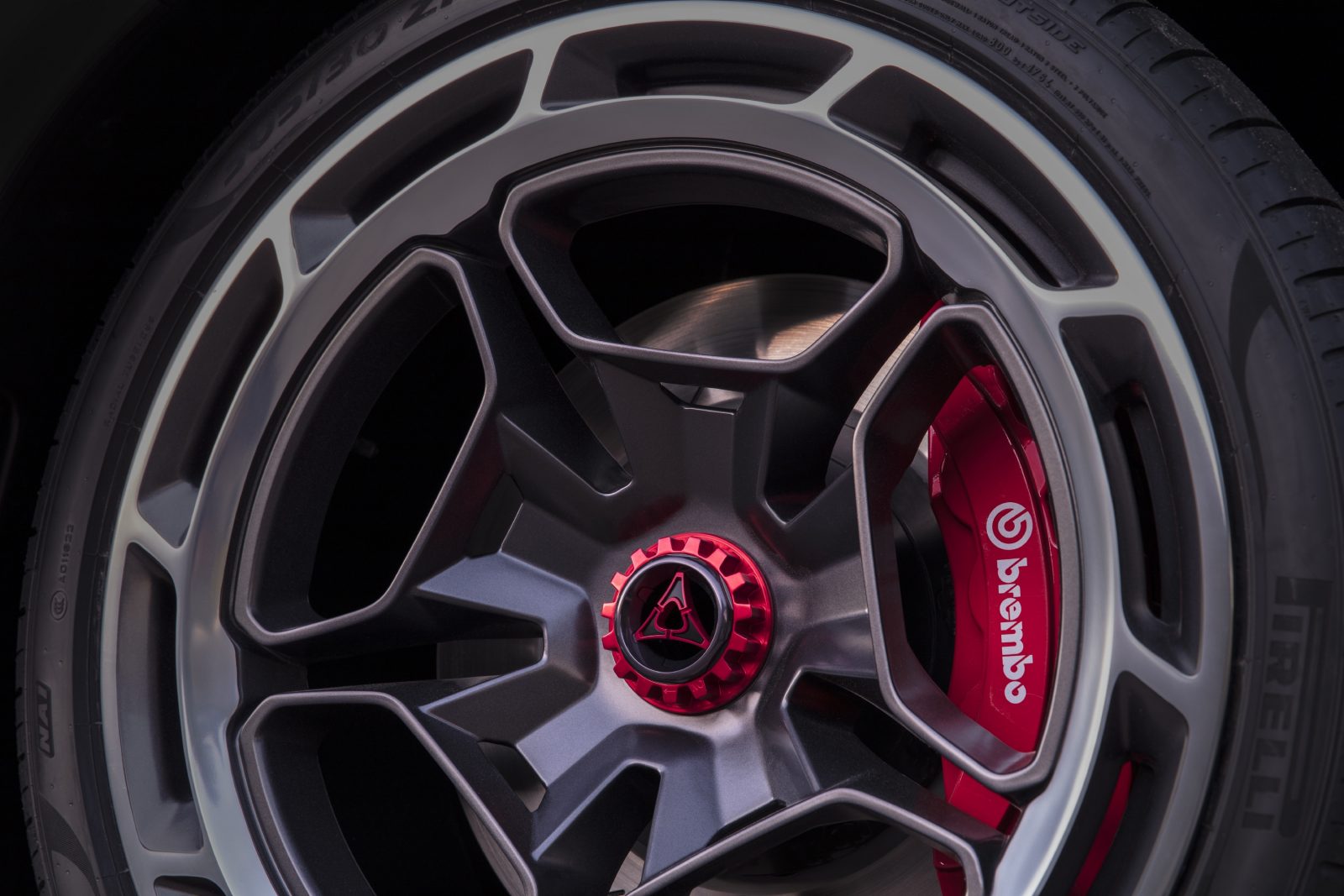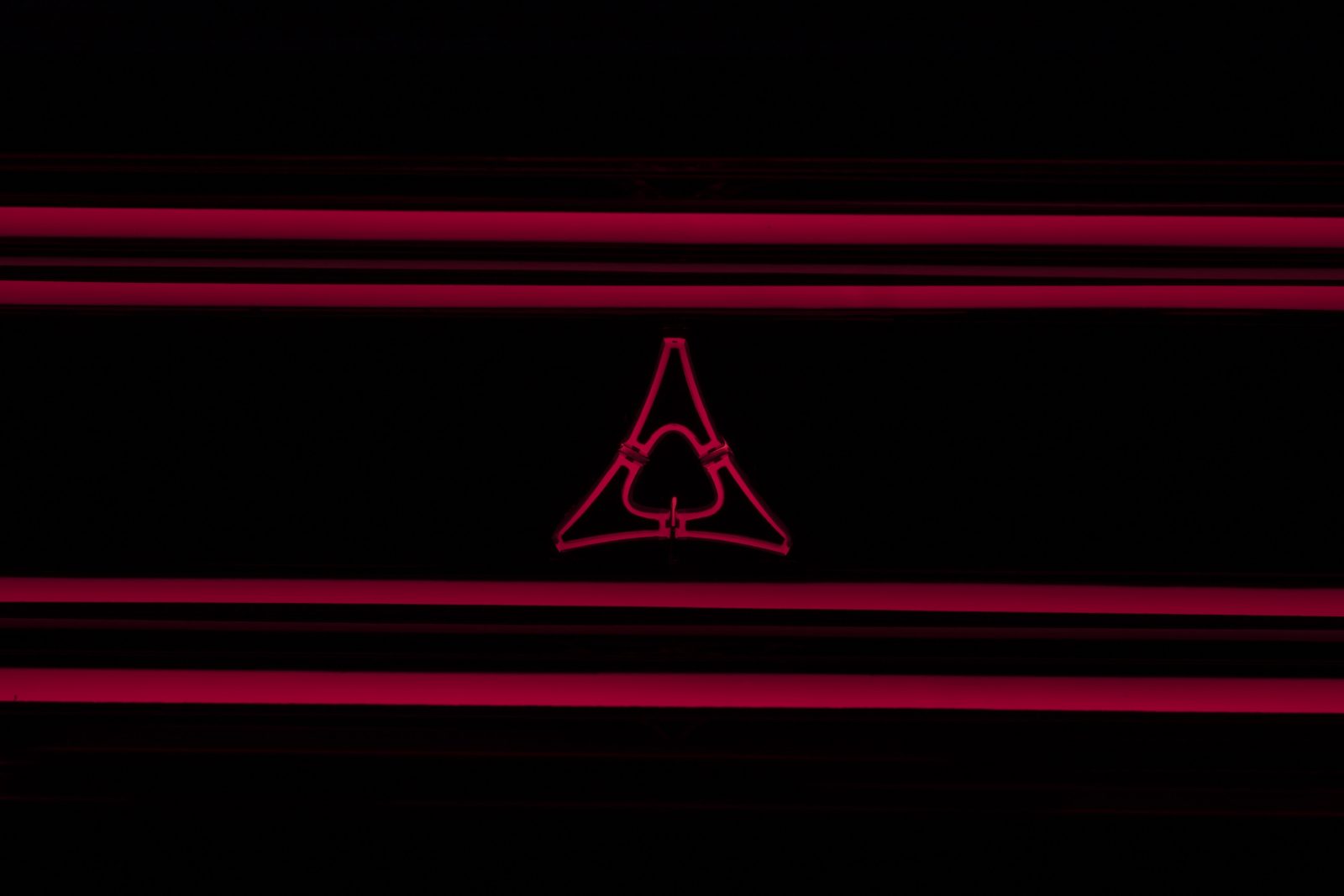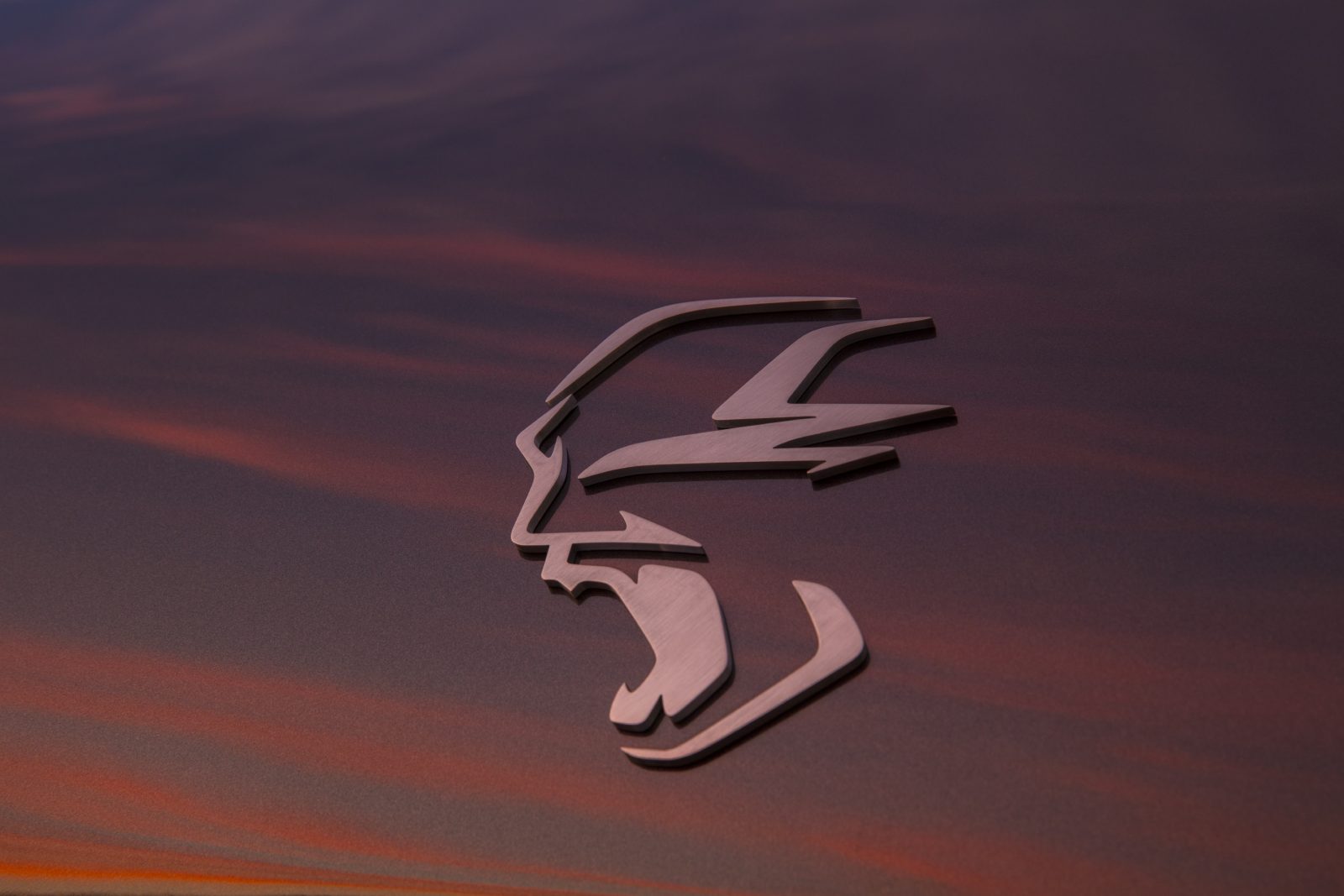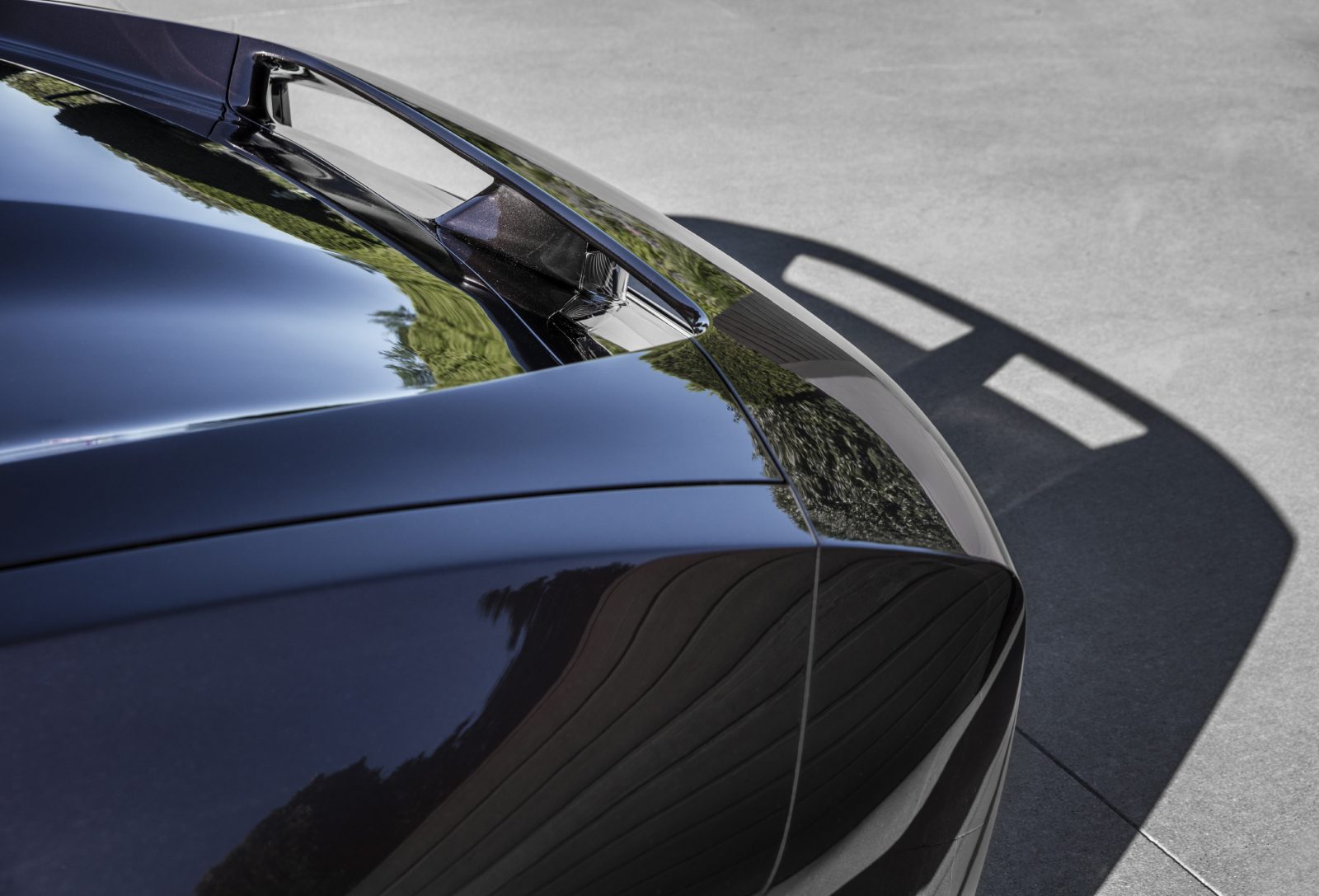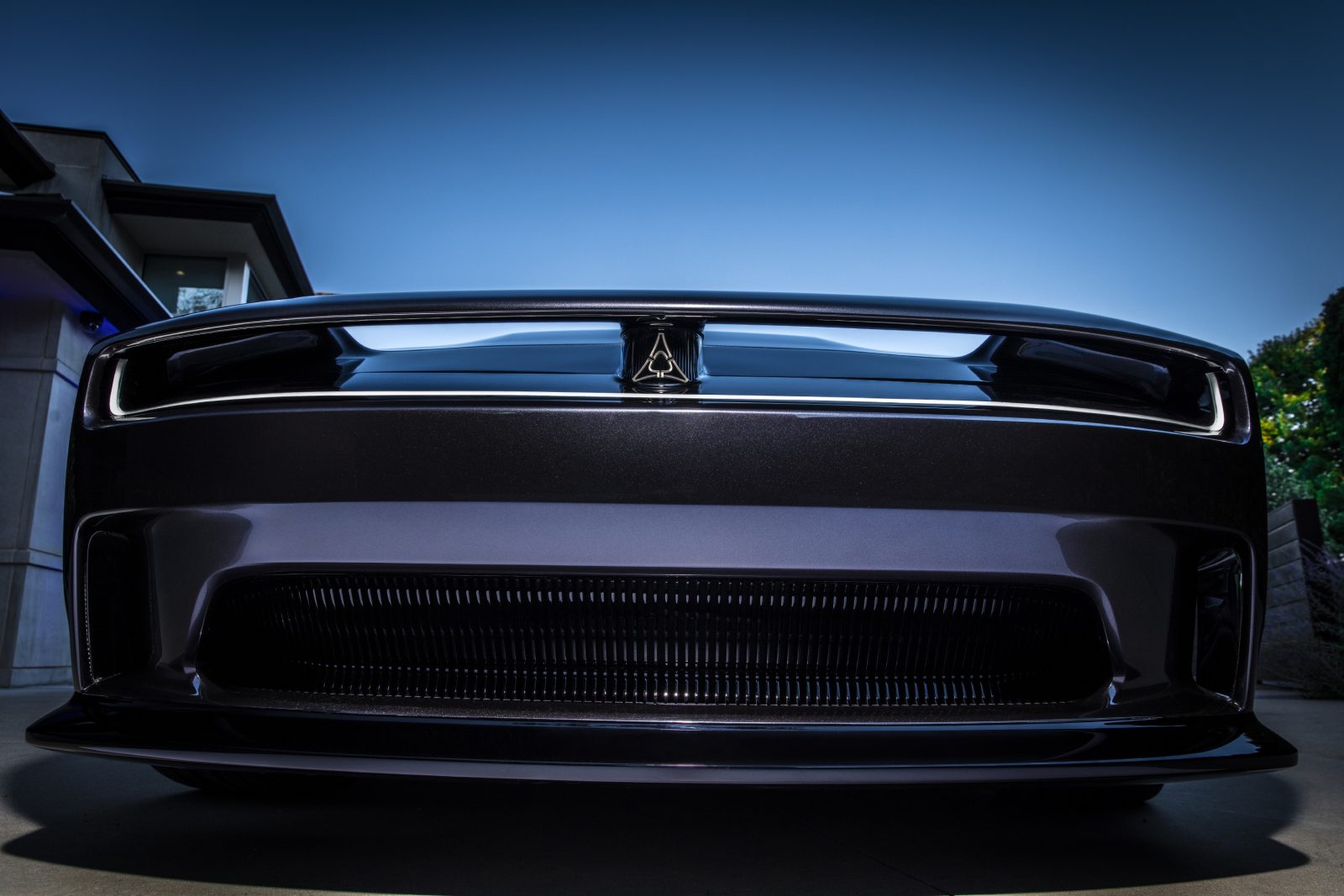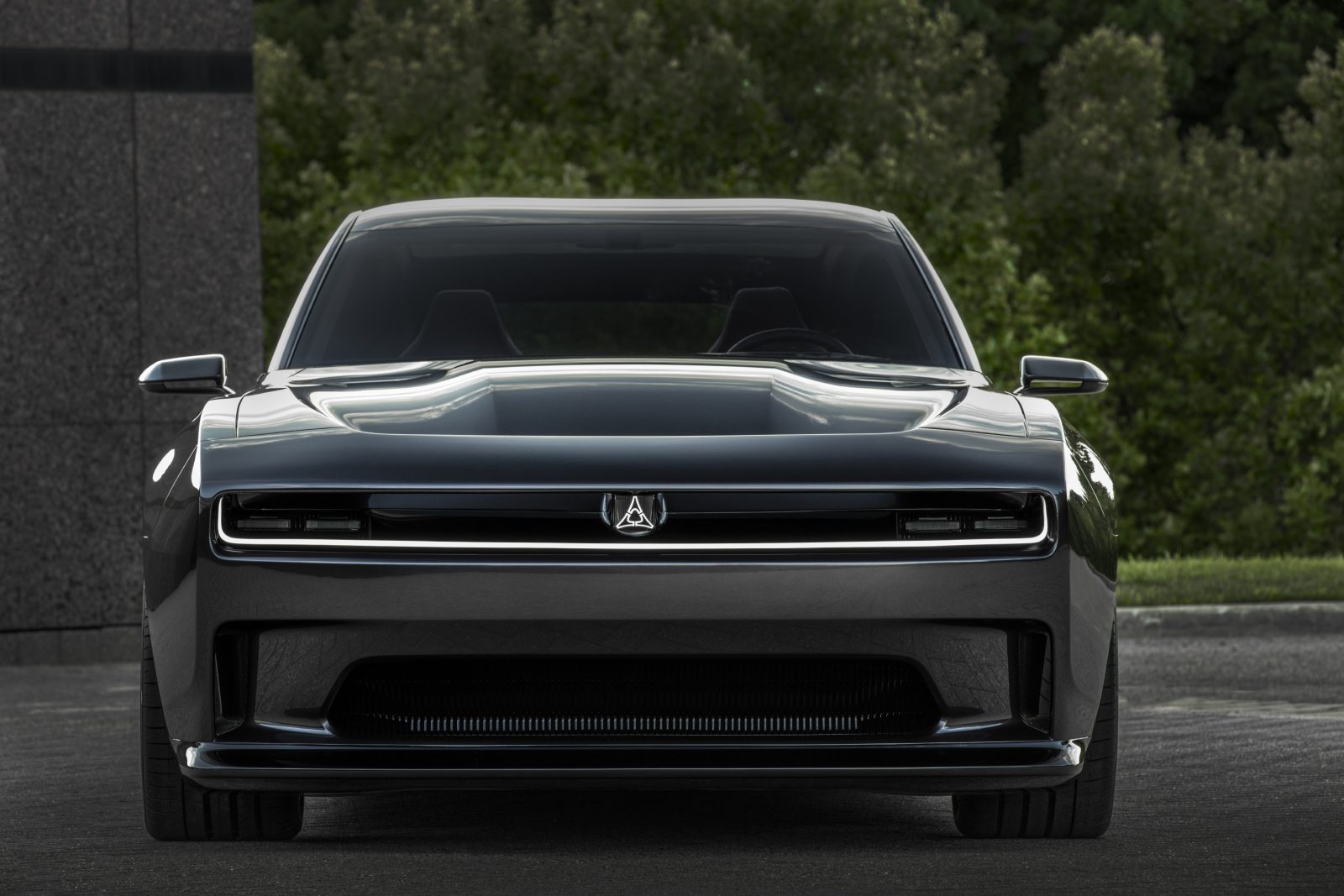It has been a rollercoaster week for Dodge and its legion of fans known as the “Brotherhood of Muscle.” The brand first confirmed that the current generation Charger and Challenger were being retired after 2023 while also revealing that the Hornet SUV would play a role in Dodge’s assault on the compact SUV segment. However, the brand is ultimately going to be a pure EV powerhouse, and Doge reps were keen to prove that they didn’t lose the meaning of fun as a result. While we get to wait a bit longer to see what a full-production Dodge EV would look like, Dodge gave us a sneak preview of the all-new Dodge Charger Daytona SRT concept as a consolation prize.
Charger SRT Daytona Concept Is A Supernatural Trip To The Future
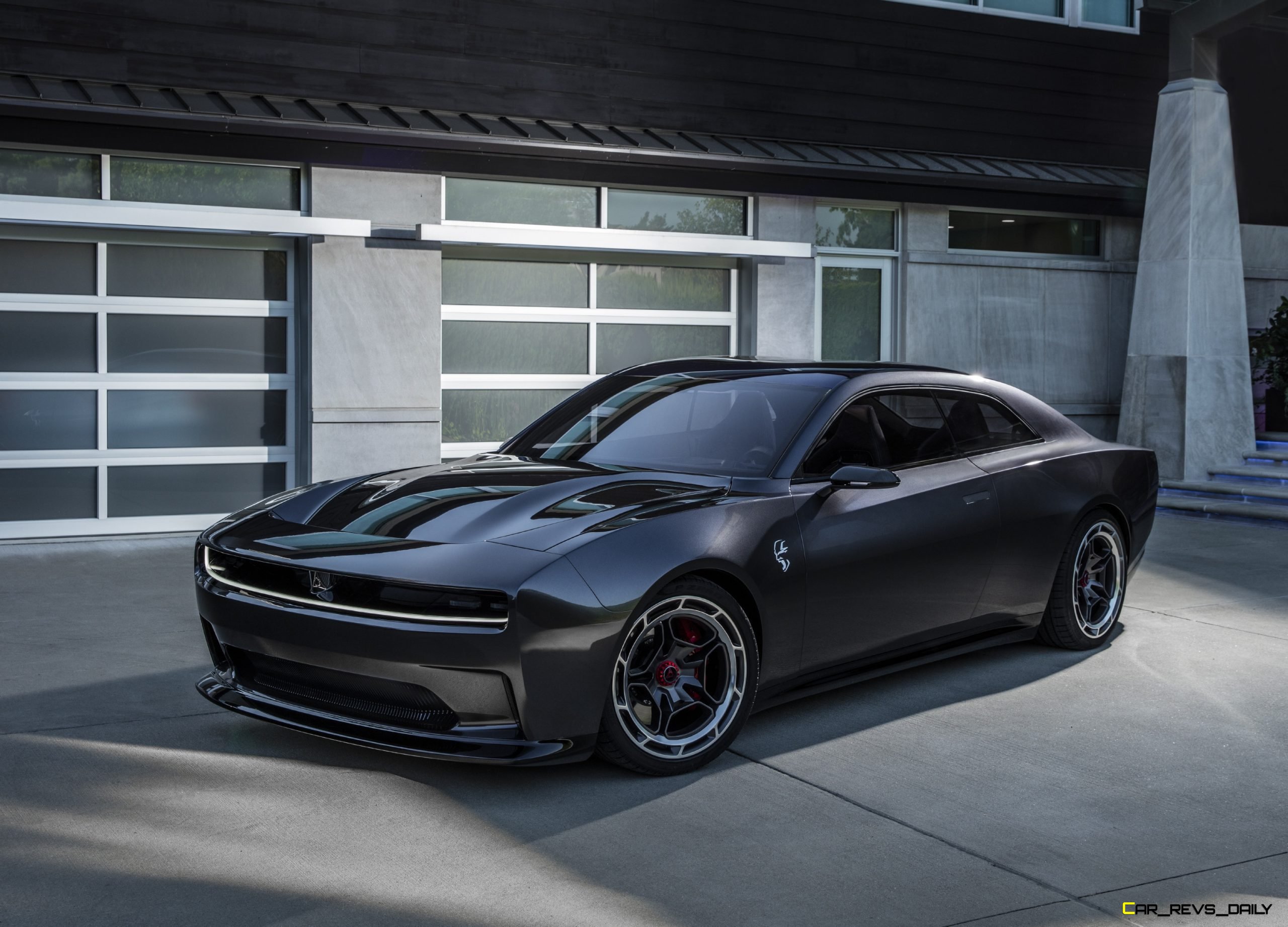
When you look at the design of the eerily beautiful Charger SRT Daytona Concept, it’s evident that Dodge wanted to apply a tasteful blend of past and present traits. An early twist here is that this concept does not use the Challenger or Barracuda name and instead uses the Charger moniker, which could be a sly nod to the all-electric powertrain lurking under the skin. Speaking of its suit of clothes, the concept uses the 1968 Charger as its inspiration, with that vintage car’s squared-off front fascia featuring a rectangular-shaped front grille and rising fenders that accent the rear notch line and the two-door layout.
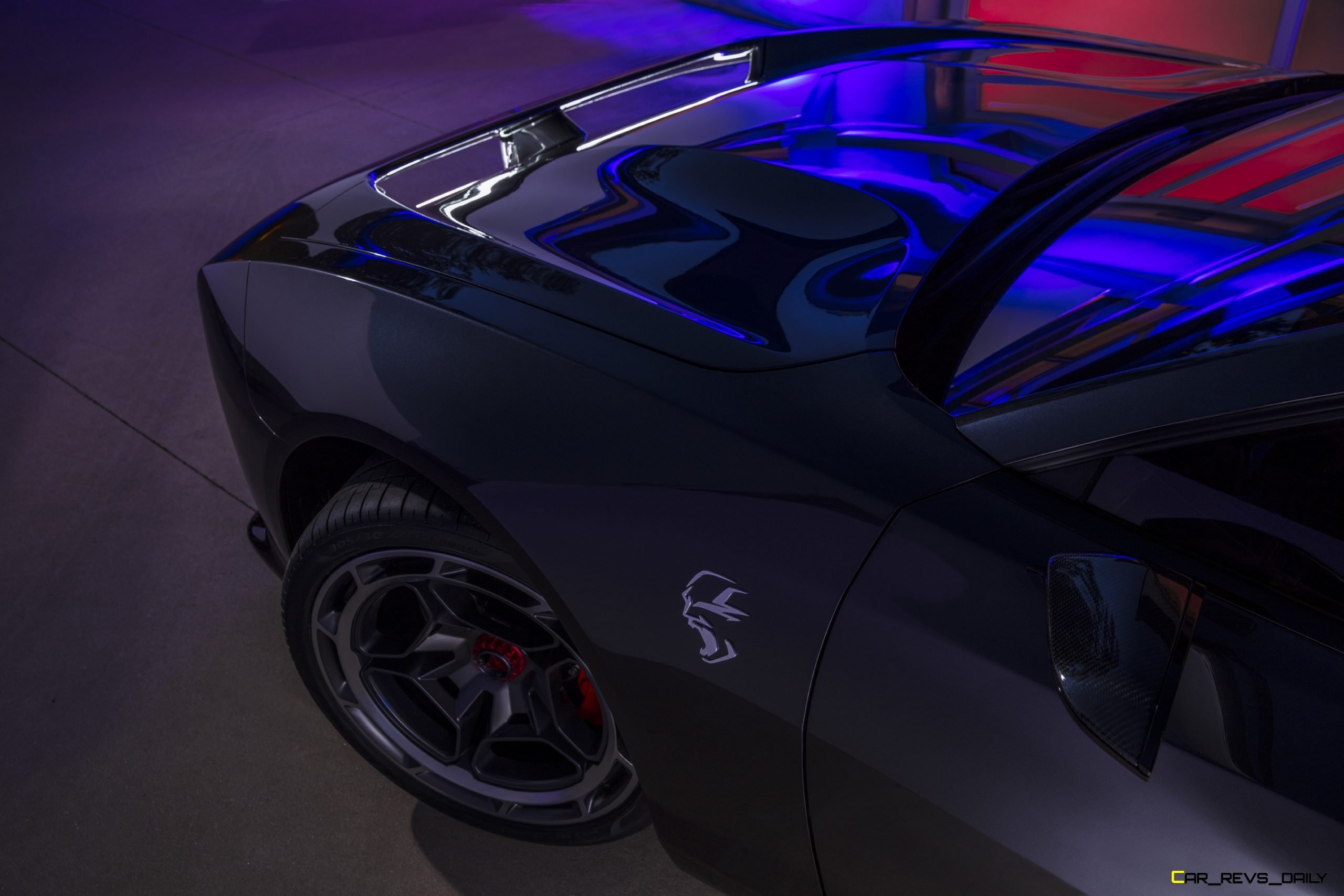
The grille itself forms part of a broader aerodynamic piece that helps channel air over the roof of the car, making the car more aerodynamically sound. Dodge calls it the “R-Wing” and no, it won’t be mistaken for the obscure Star Wars fighter of the same name. A set of 21-inch center lock wheels adds presence to the concept, while the turbine design also enhances aerodynamics. The rims are shod in 305 mm tires up front, with bigger 320 mm tires at the rear to help provide plenty of grip when the concept is pushed hard in corners. Six-piston brake calipers help provide plenty of stopping power and should be more than capable of handling the extreme speeds that this car can reach.
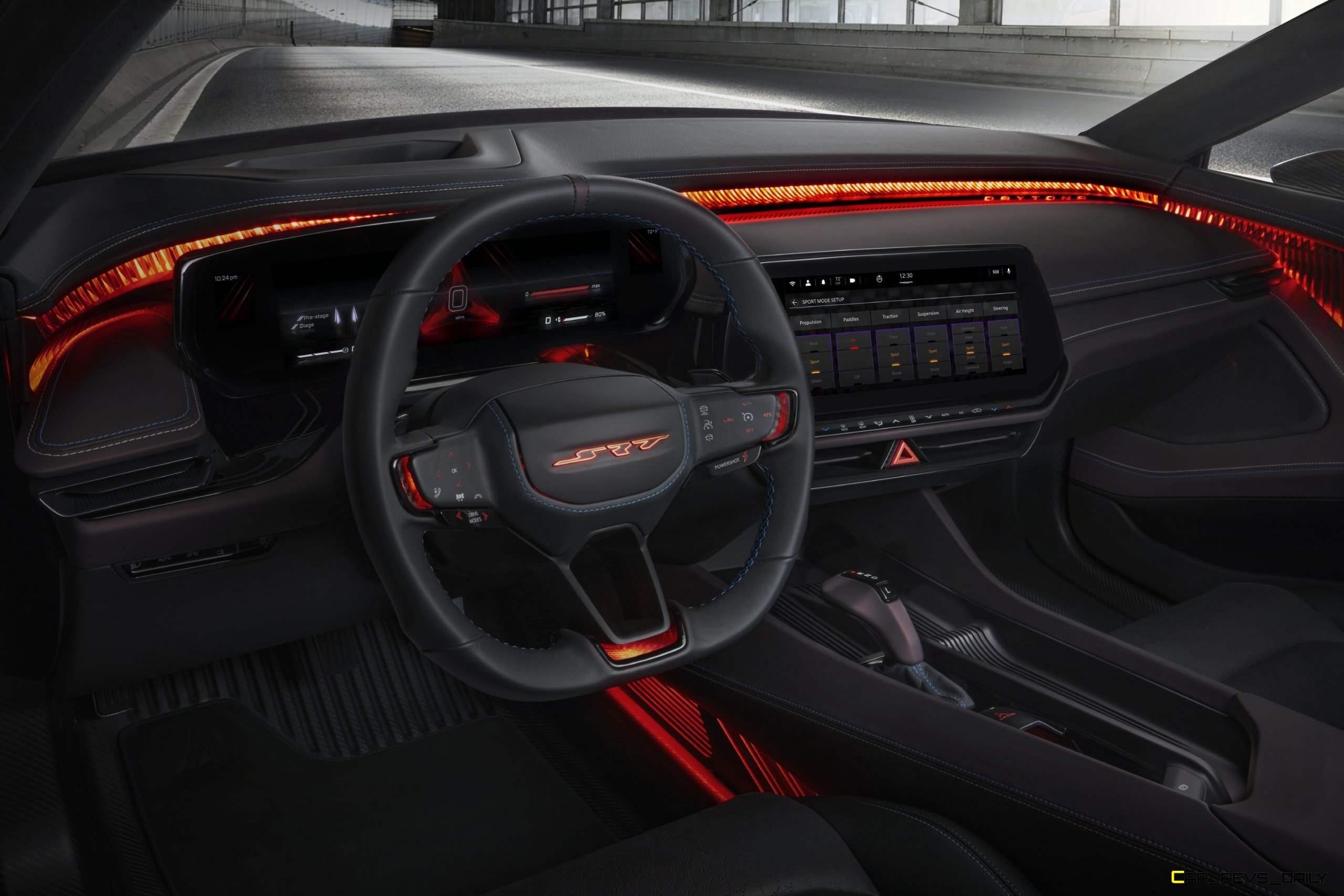
Slip inside the interior, and it’s a mixture of show car and production car traits. The textured door panels and red ambient lightning allow it to gleam for the cameras, but the large 16-inch digital instrument cluster and the slightly smaller 12.3-inch infotainment system could, in theory, make the transition to a production version. Our look inside was limited and we were;t allowed to formally sit in it, but the seats have plenty of bolstering and they also look like they could be comfortable enough for long journies. The rear of the concept even incorporates a large hatchback layout with the Charger Daytona Concept having enough space back there to match even some existing CUV entries.
Multiple Levels Of Power, For Any Occasion

Dodge didn’t reveal too much information about the formal horsepower that the Charger Daytona Concept is producing, but they did reveal that the concept on display was using an 800-volt “Banshee” system which not only makes it faster than a current Hellcat-powered model but would also allow the car to be hooked up to a 350 kWh direct charging station. Like the Hornet, the concept comes equipped with Dodge’s Powershot system that allows the car to make slightly more power but only for a short time before it cools down. While Dodge revealed that only three power levels would be available at first, reps are hoping to eventually have nine different power modes available, allowing the car to appeal to a wide range of muscle car fans.
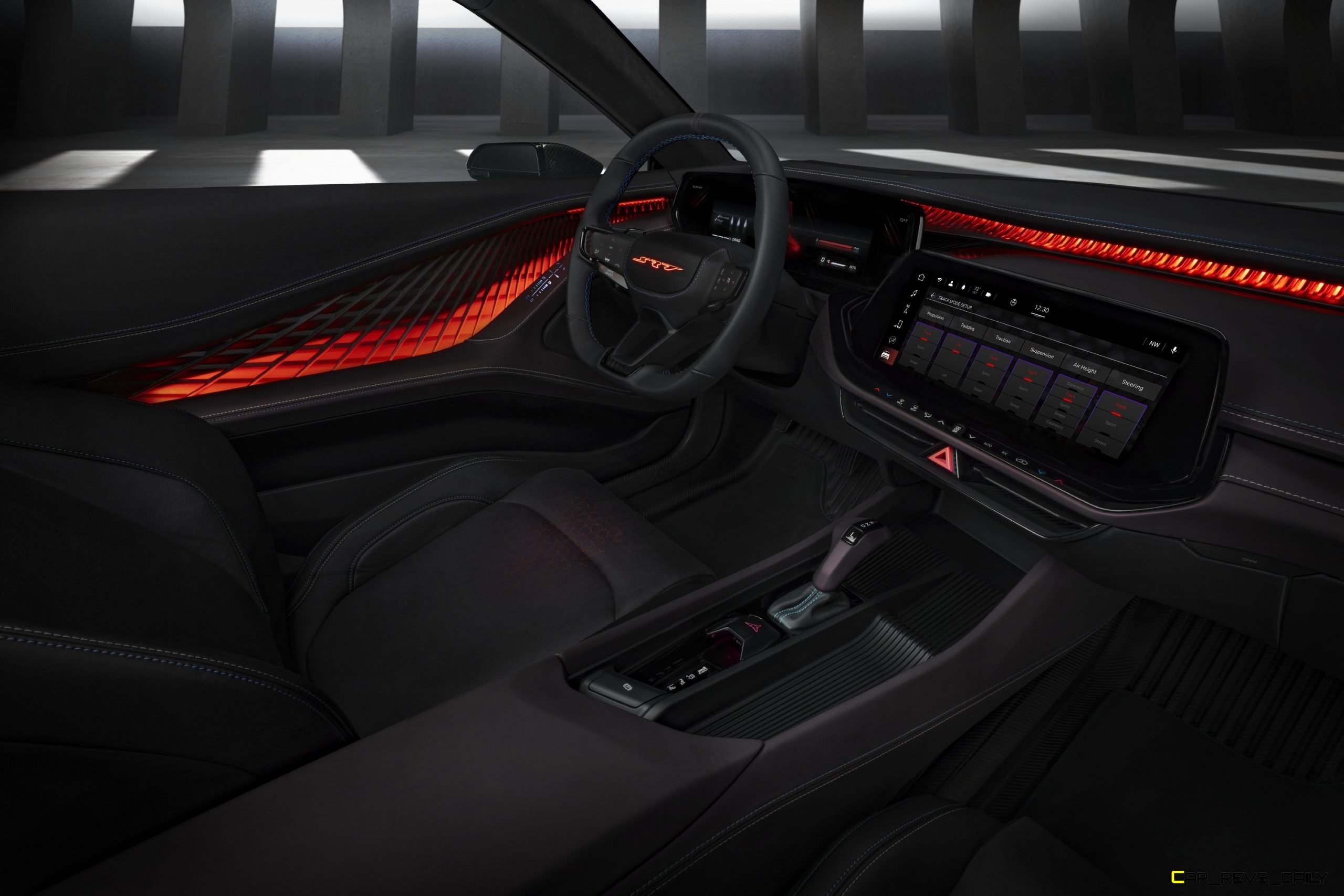
A multi-speed transmission is also included, but it’s unclear how many ratios are in it and how it would function. While the Poresche Taycan was one of the first to embrace this type of transmission, it’s appearance in future EV dodge products would be one of the first examples of the technology potentially making it into the broader mainstream market. In addition to the transmission Dodge also showed off the “Fratzonic CHamber Exhaust system and even provided a demonstration of it in action. It sounded great in person and, unlike EVs that prefer to embrace the silent way of doing things, this particular system is all about the noise, with DOdge confirming that the noise it produces is in the same 126-decibel range as the exhaust note of a current generation Hellcat model.
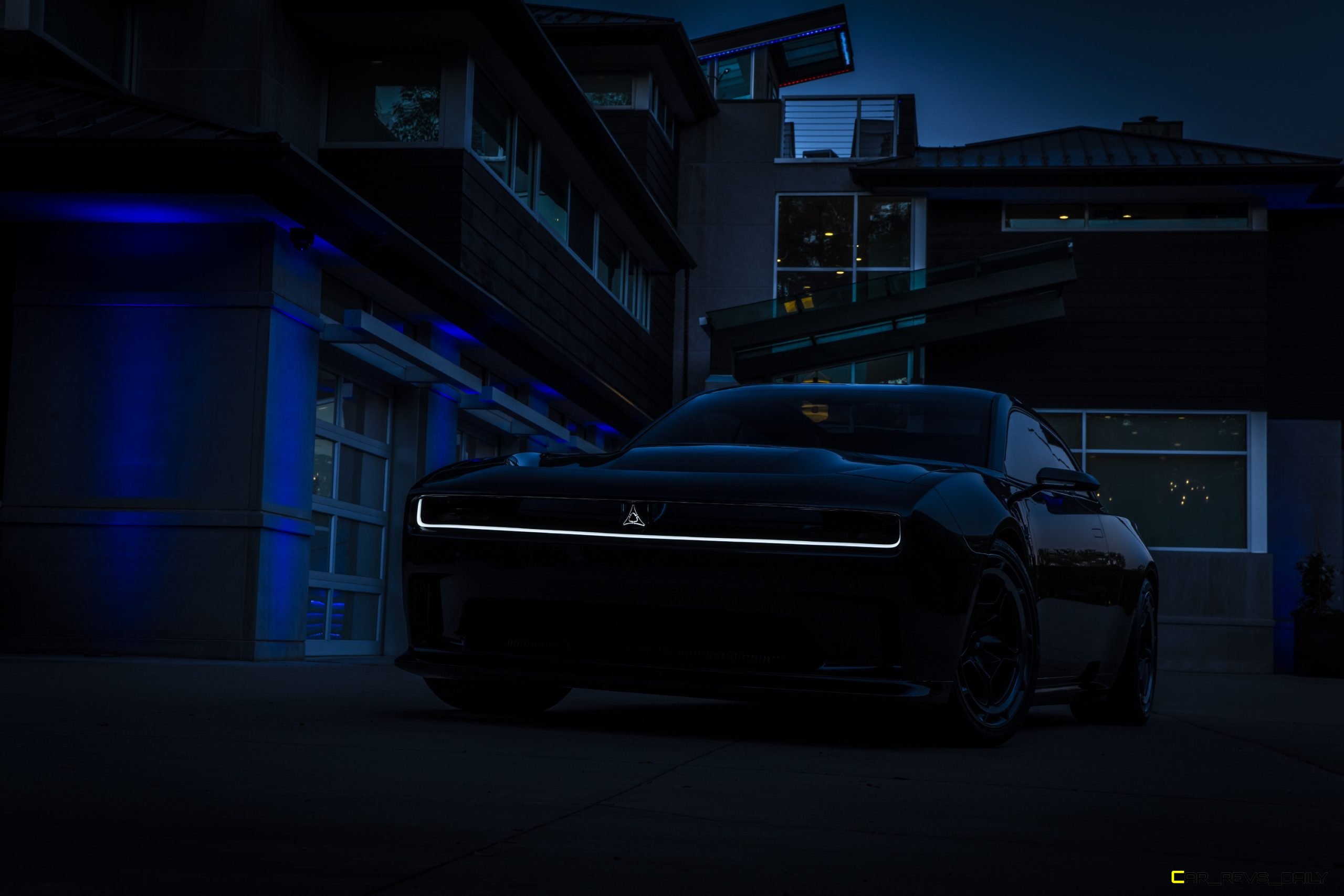
Dodge head Tim Kuniskis also revealed that this setup goes far beyond a mere digital injection of sound into the stereo system with this concept using a layout that’s similar to a church organ with the air being pumped through multiple chambers and valves to help generate the noise. The system is tied into input from the throttle (aka the loud pedal) and the information that it receives allows the Fratzonic to make the right amount of noise at the right volume.
When Can I Buy One?
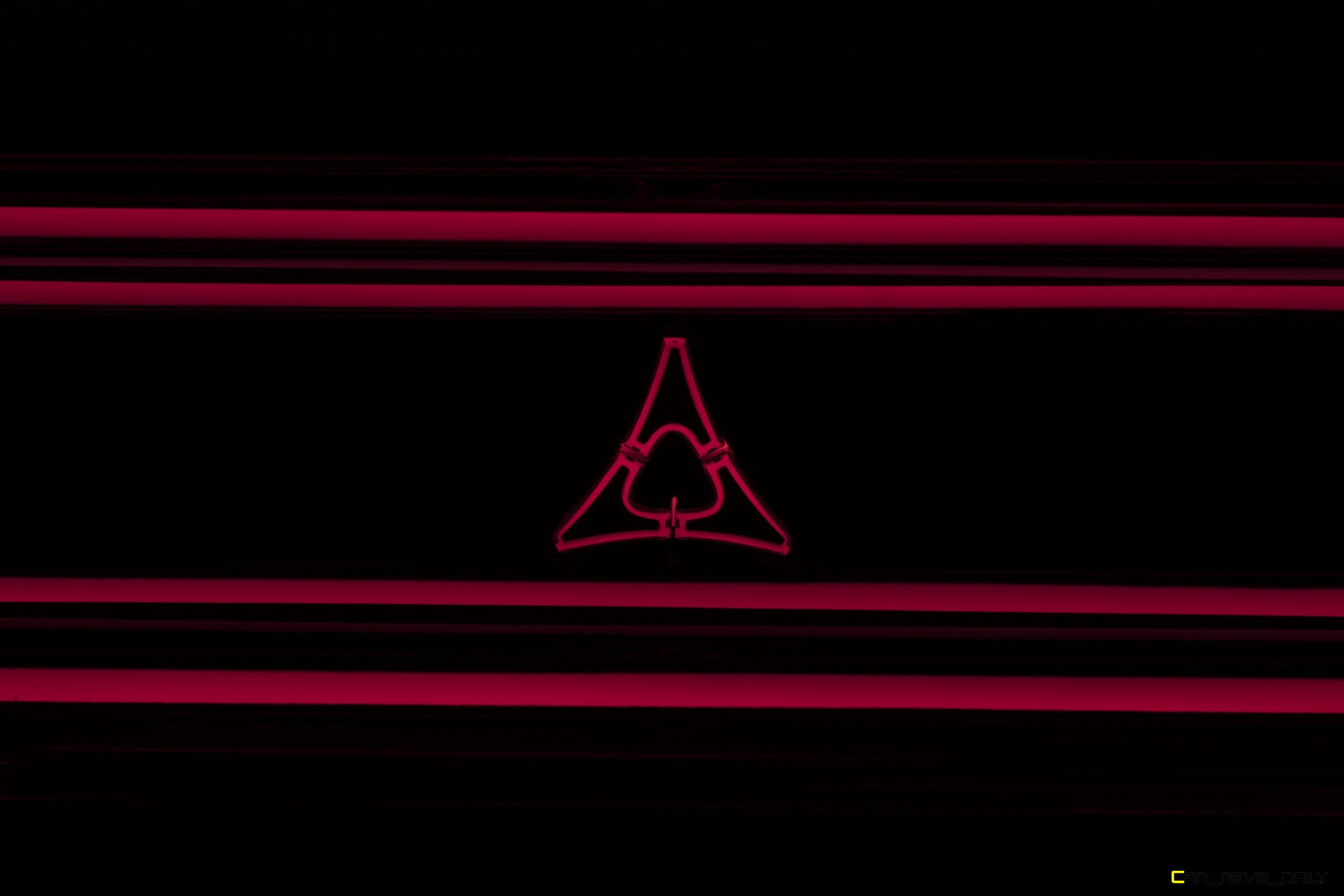
While it’s highly unlikely that the Charger SRT Daytona Concept in its current form will make production, this preview could be a glimpse of a future where the Charger and Challenger will once again be used to split the two and four-door variants of any production units that are spawned from this concept. That said, with how close the concept is to a production reality, look for the wait to not be too long, with the first production-based EV muscle car arriving sometime in late 2024 or 2025, when Stellantis will have enough time to iron out the bugs on a production version.
Also, look for Stallantis to use a reservation system to help create buzz and demand, much like we have seen done with rivals from Ford and GM. The eventual appearance of these EV replacements will also be a gamble for Dodge in sales, especially when you consider those older buyers might reject these new models and stick with their V8-powered models instead. At the same time, younger buyers will perhaps be swayed by a possible price tag that would be lower than a comparable Tesla while also indulging in the higher levels of tech and infotainment features.

Carl Malek has been an automotive journalist for over 10 years. First starting out as a freelance photographer before making the transition to writing during college, his work has appeared on numerous automotive forums as well as websites such as Autoshopper.com.
Carl is also a big fan of British vehicles with the bulk of his devotion going to the Morgan Motor Company as well as offerings from Lotus, MG, and Caterham. When he is not writing about automobiles, Carl enjoys spending time with his family and friends in the Metro Detroit area, as well as spending time with his adorable pets.

